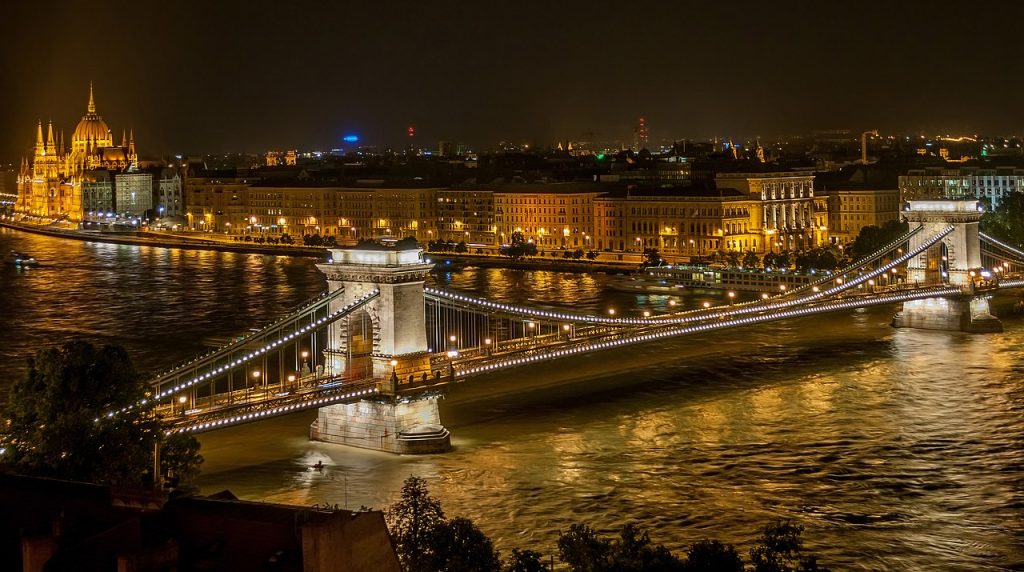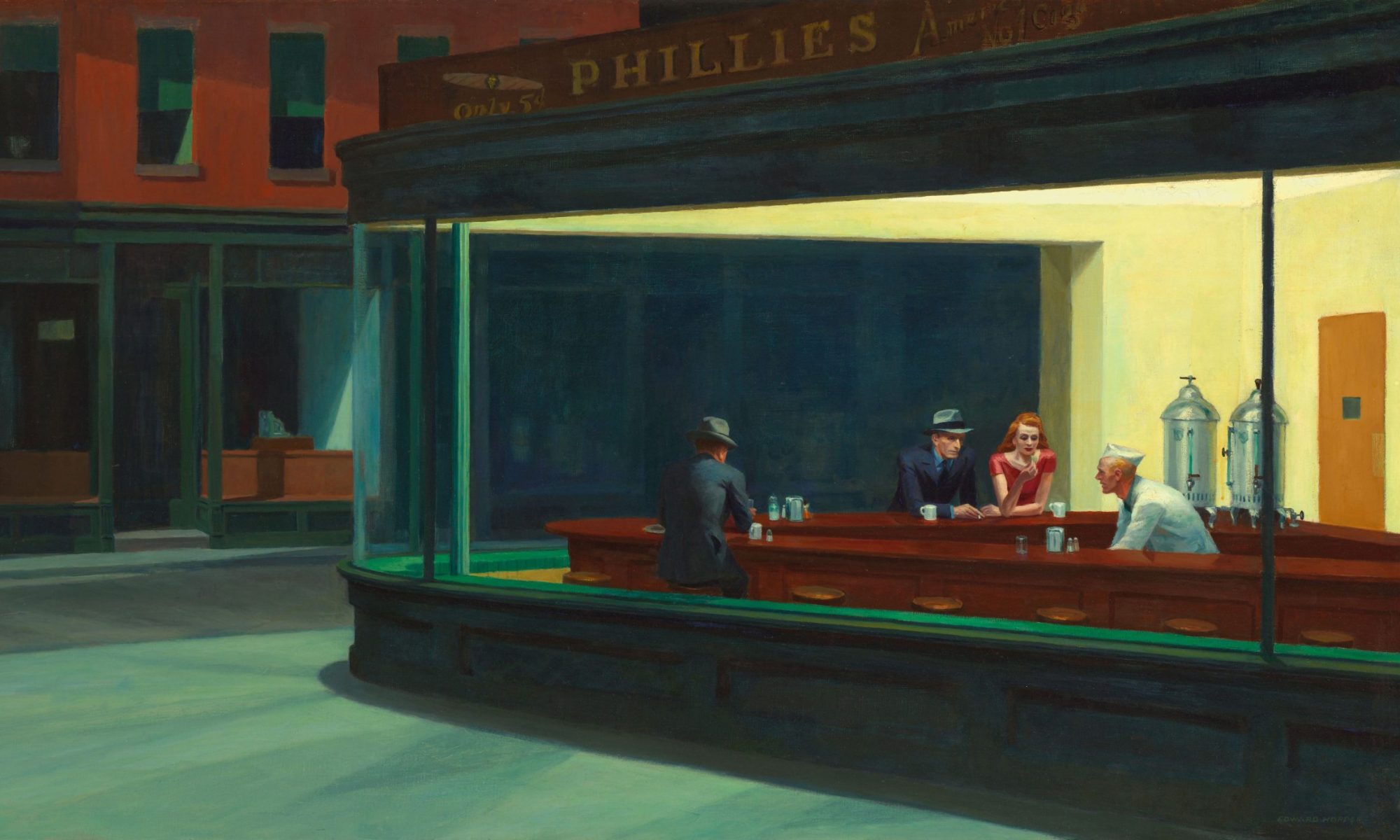Budapest is the capital and most populous city of Hungary. It is the ninth-largest city in the European Union by population within city limits with an estimated population of 1.8 million. The city lies on an ancient route linking the hills of Transdanubia with the Great Plain. The Danube separates the city flowing from the north, it then encircles three islands, Óbuda Island, Margaret Island and Csepel Island, which is the largest of the Budapest Danube islands, on the south of the city limits. The river is 230 m (755 ft) wide at its narrowest point in Budapest. On the flat terrain of the Great Plain lies the Pest side of the city while on the hills of the other side lies Buda.
In 1944 Budapest was partly destroyed by British and American air raids. From 24 December 1944 to 13 February 1945, the city was besieged during the Battle of Budapest. The Red Army entering the city and fighting against German troops, completed the damage to the city. More than 38,000 civilians died during the conflict. All bridges were destroyed by the Germans. The stone lions that have decorated the Széchenyi Chain Bridge since 1852, which is described in the novel, survived the devastation of the war.
Between 20% and 40% of Greater Budapest’s 250,000 Jewish inhabitants died during the German occupation of Hungary, from 1944 to early 1945.
Raoul Wallenberg saved the lives of tens of thousands of Jews in Budapest by giving them Swedish protection papers and either taking them under his consular protection or finding them means to escape the city. Budapest is described in detail in the novel The Wallenberg Dossier, especially some well-know locations of the city as well as palaces.

